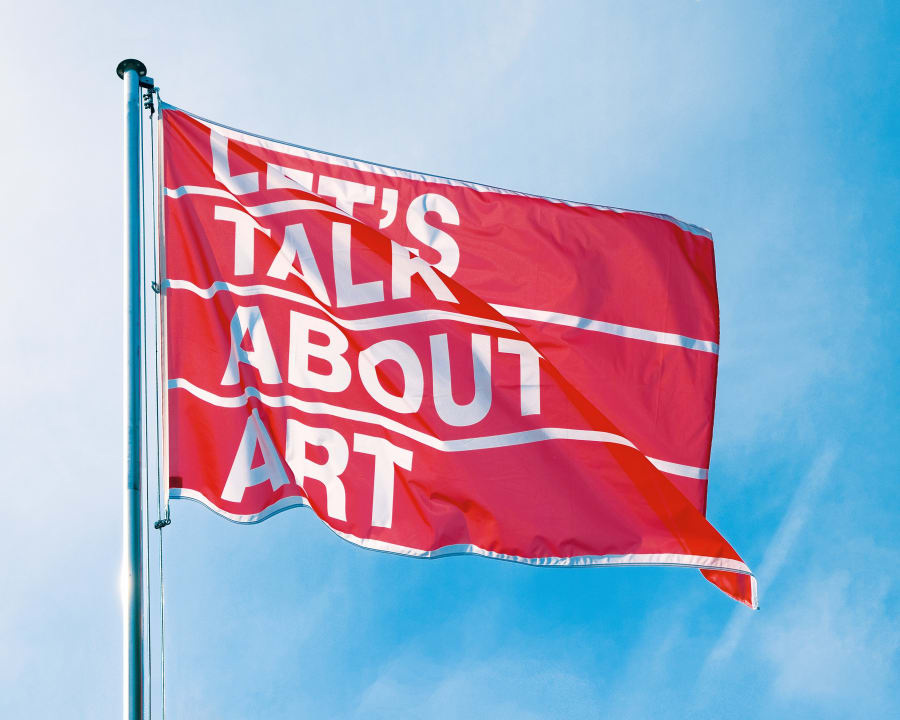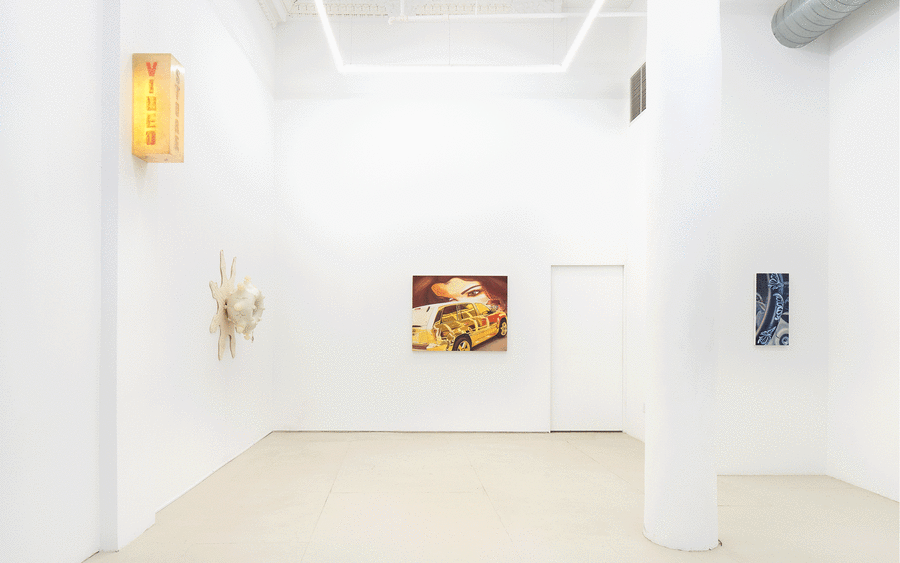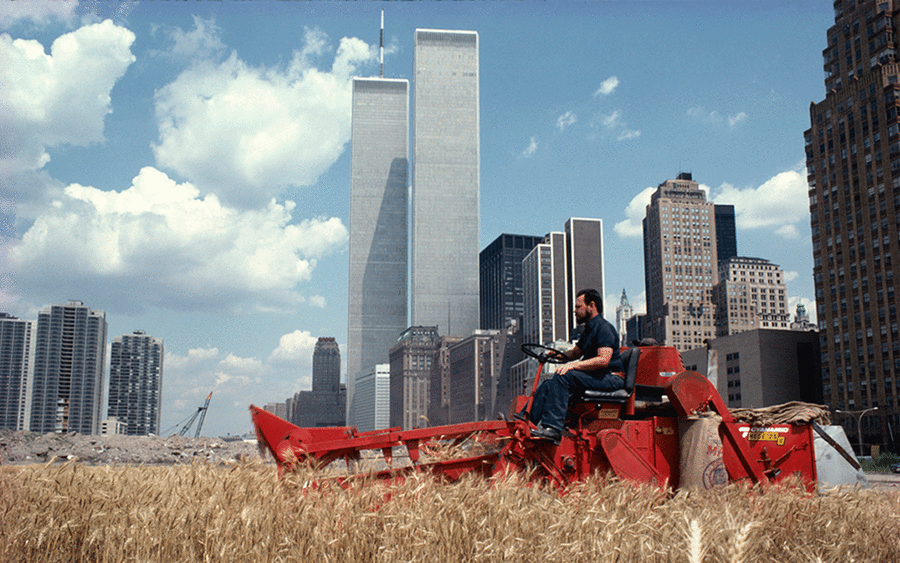Formafantasma means ‘ghost form’ in Italian, but the Milan-based design duo – consisting of Simone Farresin and Andrea Trimarchi – seem to be omnipresent right now. They dominated this year’s Salone del Mobile furniture fair in April in their hometown with exhibitions, new pieces for the lighting manufacturer Flos, and the curation of the standing-room-only Prada Frames symposium, which dug deep into multidisciplinary topics around the notion of home.
Farresin and Trimarchi launched Formafantasma in 2009, and soon attracted attention with designs that combined a distinctive aesthetic with extensive research and well-defined concepts. In their projects, they engage with traditional crafts, materials, and rituals as well as with new technologies. They place their design practice within a broader context of globalized production and sustainable economies. Their current success is remarkable not least because their approach is so selective: They choose commercial clients carefully and invest their time in research-based projects which lead to films, publications, and exhibitions. In 2019, they presented ‘Ore Streams’, at the XXII Triennale di Milano – an investigation into recycling electronic waste. Other recent research and exhibition projects include ‘Cambio’, which explored the realities of the timber industry (Serpentine Galleries, London, 2020), and ‘Oltre Terra: Why Wool Matters’, which delved into the culture of sheep farming and wool processing (National Museum, Oslo, 2023).
Berlin-based writer Jasmin Jouhar talked to Trimarchi about Formafantasma’s engagement with the infrastructures of production, their sense of responsibility as designers, and how people can design better lives.
在這位德國藝術家於紐約貝浩登(Perrotin)舉辦的首次個展「When the Sun Hits the Moon」中,有幾幅畫作是初次亮相,主題為安東尼奧.卡諾瓦(Antonio Canova)的新古典主義雕塑中描繪的愛神厄洛斯與普姬幾乎接吻的場景。愛神不允許他的世間愛人看到他在光明中的樣子;當普姬拿著蠟燭對著愛神面龐的那一刻,這對戀人就永久地斷開了聯繫。Greven說:「我喜歡這個意象,因為我捕捉到的那一刻,他們還在互相對視,但未真正看見對方的面貌。他們仍處於黑暗之中,以內心注視和以內在擁抱。」
Our use of materials is largely linear. A material is extracted, consumed, and then disposed of. It has long been known that we are overexploiting the planet’s natural resources. What needs to change in our material culture so that we stop destroying the foundation of our own existence?
Many things need to change. Firstly, if you want to have a conversation around design as a discipline, it is important to make sure design is no longer interpreted as a tool for style and the creation of desirable products. Secondly, it’s urgent that we move on from capitalism, or at least rephrase capitalism. I might sound like a radical leftist here, but I think there is no way to engage in ecology with such a materialist, consumeristic approach. What can we designers do about it? We can intervene in governance. Take our collaboration with the Finnish furniture producer, Artek. Instead of designing new products for them, we developed the selection of wood for their existing collection. We realized they had a very strict selection process, whereby they were removing any wood with knotholes or insect trails, for example. We suggested re-including these features, so that the number of trees Artek needs is much lower than before. This shows a need to make choices dictated not only by the desires of the market but also by sustainability criteria. It is extremely important to intervene in the infrastructure of how things are created.
As a renewable raw material, wood has a positive image and is advertised accordingly in the construction and furniture industries.
Wood is a resource that grows. So compared to minerals, for instance, it is more sustainable. But – and I know this sounds like a provocation – I could argue the problem with sustainability is that we are always looking with the same Modernist perspective to find one solution that can be rolled out all over the world. But actually, sustainability requires reaction to context, and that means that there is no such thing as one solution.
In recent years, the relationships between humans and non-humans have been a contentious topic in art and design. You, too, have addressed it, for example, in the ‘Oltre Terra’ exhibition, which was on view at the National Museum in Oslo in 2023 and focused on the culture of sheep farming and wool processing. Where do you see your position as designers in this context, within this network of relationships?
That is a very complex question, and I don’t think we have specific answers yet. But we are aware that whenever we design, we intersect with other humans, other species, and different cultures. This inevitably brings with it a sense of responsibility – and of curiosity toward a set of different living creatures that we don’t necessarily know. Our desire is to become more knowledgeable and aware of the complicated way in which design intersects with otherness – whether that is other species, humans, or cultures. This is still very much an open question. We are interested in the complexities of working with other species and when we possibly can, to use design to restore a relationship that is often broken.
When designers or architects do experimental work in the field of cohabitation, they often remain in a human-centered position, for example, by designing structures in which bees build honeycombs. Isn’t that also a form of exploitation of non-humans? Can we humans give up control?
I would say that everything we produce as humans will be anthropocentric. But it would be interesting to develop a way of thinking that is self-aware in this respect. I don’t think humans can develop non-anthropocentric ways of seeing things, but I think we can possibly develop more inclusive, more sensitive perspectives, and I think picking up on the need to decentralize the human is a viable way of moving forward.
‘Life Cycles: The Materials of Contemporary Design’ is on view at the Museum of Modern Art, New York, until August 25, 2024.
Jasmin Jouhar is a Berlin-based writer, creator, and strategist in the fields of architecture and design.
Caption for top image: Formafantasma, Visual Essay (still), 2020.
Published on July 5, 2024.


